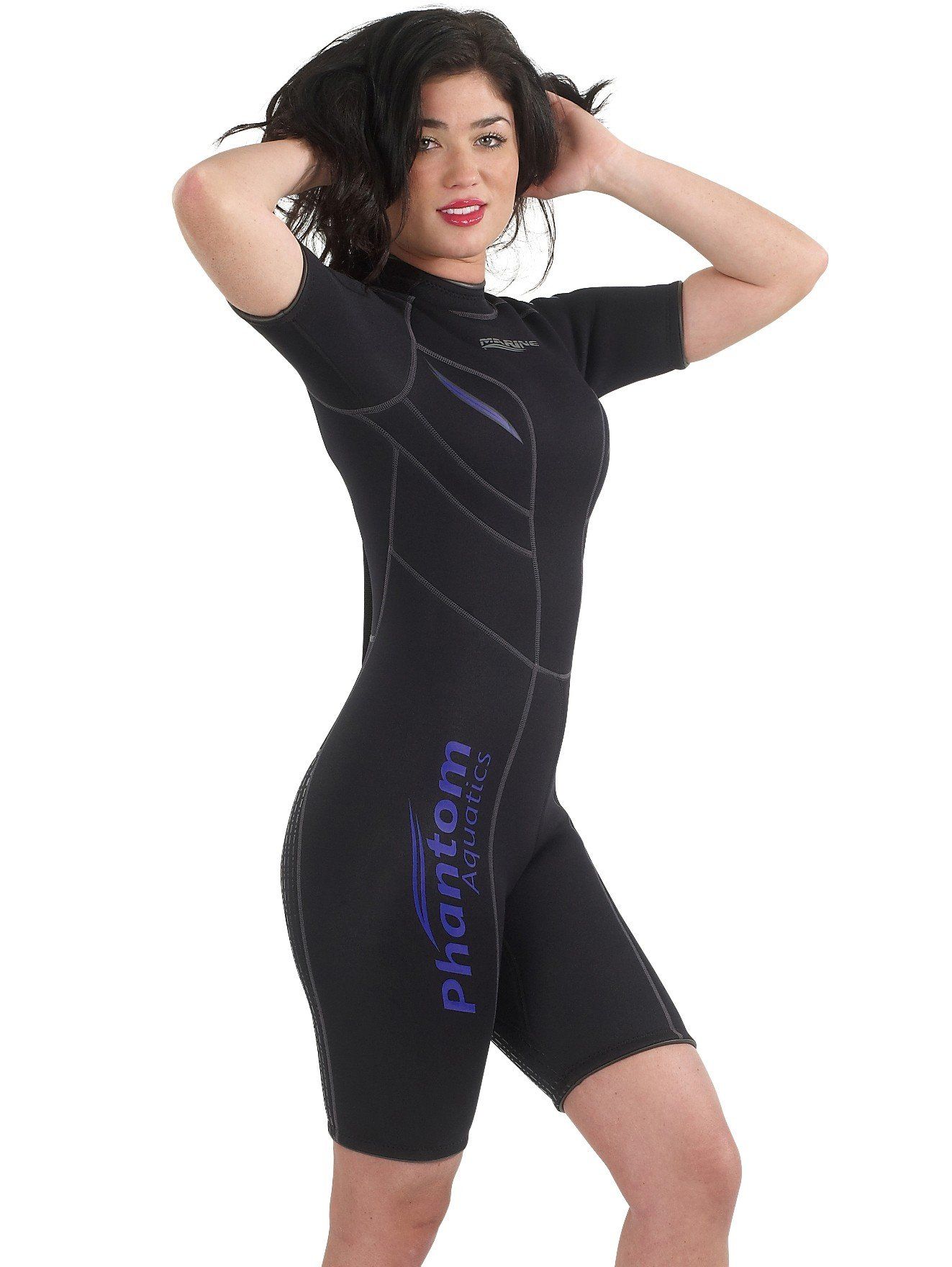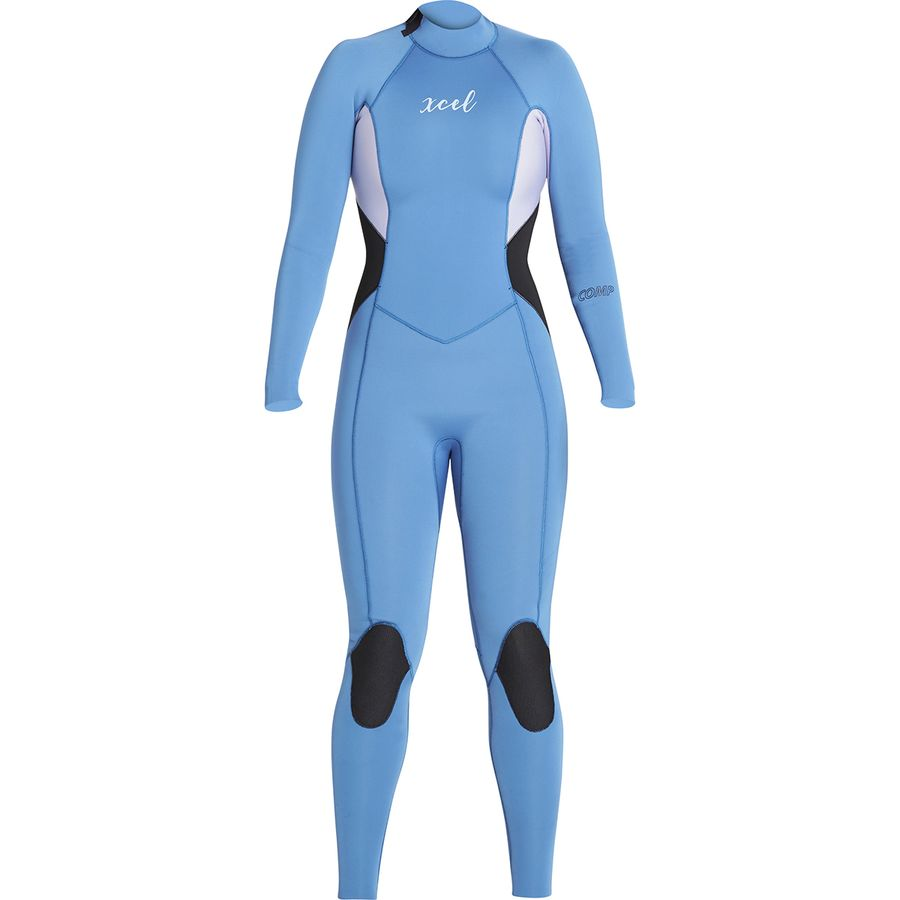Wetsuit thickness is a compromise between staying warm and comfortable in the surf and flexibility. So, if you are wearing a five millimeter by four millimeter wetsuit, then you will probably need five millimeter wetsuit booties.
 Find wetsuit guides on Wetsuit
Find wetsuit guides on Wetsuit
Wetsuit technology is a constantly evolving field in the surf industry, one that can be hard to keep up on.

Wetsuit thickness guide surfing. So make sure you find the most suitable wetsuit in the adequate range, as both overheating and freezing are stopping you from having the best time on. It’s best suited to neoprene. The numbers will be separated with either a '/' or a '0', with each number corresponding to a different thickness.
Wetsuit thickness is usually given with two numbers like 3/2, 4/3, 5/3, or three numbers like 5/4/3.the numbers mean that the thickness of the neoprene is 3 millimetres (or 4 or 5) on the body (and legs with winter suits) and 2 millimetres on arms (and legs with spring suits). We created this guide to educate both new and seasoned surfer's on the newest wetsuit technology available on the market today. The first number is the thickest neoprene that is used around your torso and upper legs.
Please note, it is the water temperature and not the air temperature. Water temperature (fahrenheit / celsius) wetsuit type* extras; The first number represents the thickness of the neoprene in the torso area, the second number represents the thickness of the neoprene in the extremities (or just the legs if there is a third number), and the third number (if present.
Looking back on 25 years surfing i think the guide is pretty good. This simple guide will help you get it right for the season and conditions you're planning on ripping. The wetsuit thickness chart below is not carved in stone.
So you are permanently exposed to the wind and the outside temperature. Wetsuit temperature and thickness chart. Here is a chart that you can reference when buying your next wetsuit.
Besides neoprene thickness, there are several other factors influencing how warm you feel on any given day in the water. Wetsuit thickness or the neoprene thickness is the insulation between us and the forces of nature. Decorated with 70’s inspired african kaleidoscope patterns in two separate bold colours, the salty dayz latest suit is also equipped with some of the most sophisticated wetsuit technology.
It is for your orientation and is a bit on the safe side, so you can stay in the water longer. Generally, follow the same thickness as your wetsuit. Read this guide if you’re looking to purchase your first wetsuit, if it’s been a few years since you last bought a wetsuit, or if you simply want to brush up on your wetsuit knowledge.
You could go a millimeter above or below this, but i wouldn’t recommend going any more or less. It gives you a range for water. Wetsuit thickness is measured in millimeters, represented with two or three numbers separated by a slash.
Jack o'neill claims he started making wetsuits in 1952 in his garage, and then started. Here is a simple guide for you: The chart displays the type of wetsuit and the recommended thickness and ocean.
You can get this level of thickness for any type of wetsuit you pick on. Wetsuit thickness guide for water temperature. The suit thickness is usually designated by two numbers which represent the neoprene thickness in millimeters.
The 3/2 wetsuit combines different thicknesses of neoprene for different parts of the body. With bloody beginners this can look a bit different however, this stage should not influence the decision regarding the wetsuit thickness. Wetsuit thickness is determined by many things but the chief of them all is the water temperature.
The wetsuit neoprene is almost always thinner on the arms and legs, to ensure that the movement of the surfer's limbs are not overly restricted while surfing. If you’re planning on diving in 52°f & up water temps and aren’t sure what wetsuit you’ll need, simply use the guide to find the colored top column that says ‘52°+’ and find the side column labeled ‘scuba’ and you’ll see that we recommend wearing something in the 7mm. Choosing the right thickness is crucial.
We’ve broken this wetsuit thickness guide into four major watersports and common wetsuit temperatures. What wetsuit thickness should you get and how thick should your wetsuit actually be? But before you start thinking about the price, you need to know how thick your wetsuit should be, which can be determined by looking at how cold (or warm) the sea temperature is where you'll be surfing/swimming.
Wetsuits for surfing have developed hugely in recent years, they are lighter, more flexible and warmer than ever. The first women’s suit to appear on our wetsuit thickness guide, the o'neil epic 5/4mm may have a retro design, but its performance is truly modern. Wetsuit thickness temperature guide chart.
Most of the time you are above the water surface. The factors you need to consider are thickness and water temperature. Check out the wetsuit temperature guide.
Wetsuits range from 1 to 7mm in thickness typically. Whenever you see two numbers such as 4/3mm or 3/2mm, it means that the product is made from 4mm neoprene around the chest, back and legs and 3mm on the arms. 7mm wetsuits are suitable for diving in water temperatures of 10 degrees c and below
At boardshop we all surf and use the suits we sell, we don’t stock every wetsuit on the market, we pick out the suits we think are. Welcome to the boardshop wetsuit temperature guide, this guide gives you an idea of which type and thickness of wetsuit will best suit your needs. Use it as a guide to buy a new wetsuit, or simply to brush up on your wetsuit knowledge.
Kitesurfing, windsurfing, wakeboarding, waterskiing, sup wetsuit temperature guide & chart. The quality, thickness and other features won’t do you any good if your. The surf industry produces several types of wetsuits for different environments.
You want to feel warm in the winter and cool in the summer. The wetsuit temperature chart should be used as a guide only.fit is as important as thickness, so get the right wetsuit! The thicker the neoprene is, the less flexible you'll feel in the waves.
The arms tend to be thinner to allow for easier paddling when surfing and paddle boarding. The second is a thinner grade neoprene that is used around the arms and lower legs that allows you a bit more flexibility in paddling and riding. There’s nothing more important than finding the right wetsuit size.
As surfers, we believe that wetsuits are the greatest invention of all time and we have divers to thank for that.three men lay claim to inventing the wetsuit to this day!in the early 1950s a physicist at cal berkley, hugh bradner, started using neoprene to trap water close to the skin so it would stay warm.















